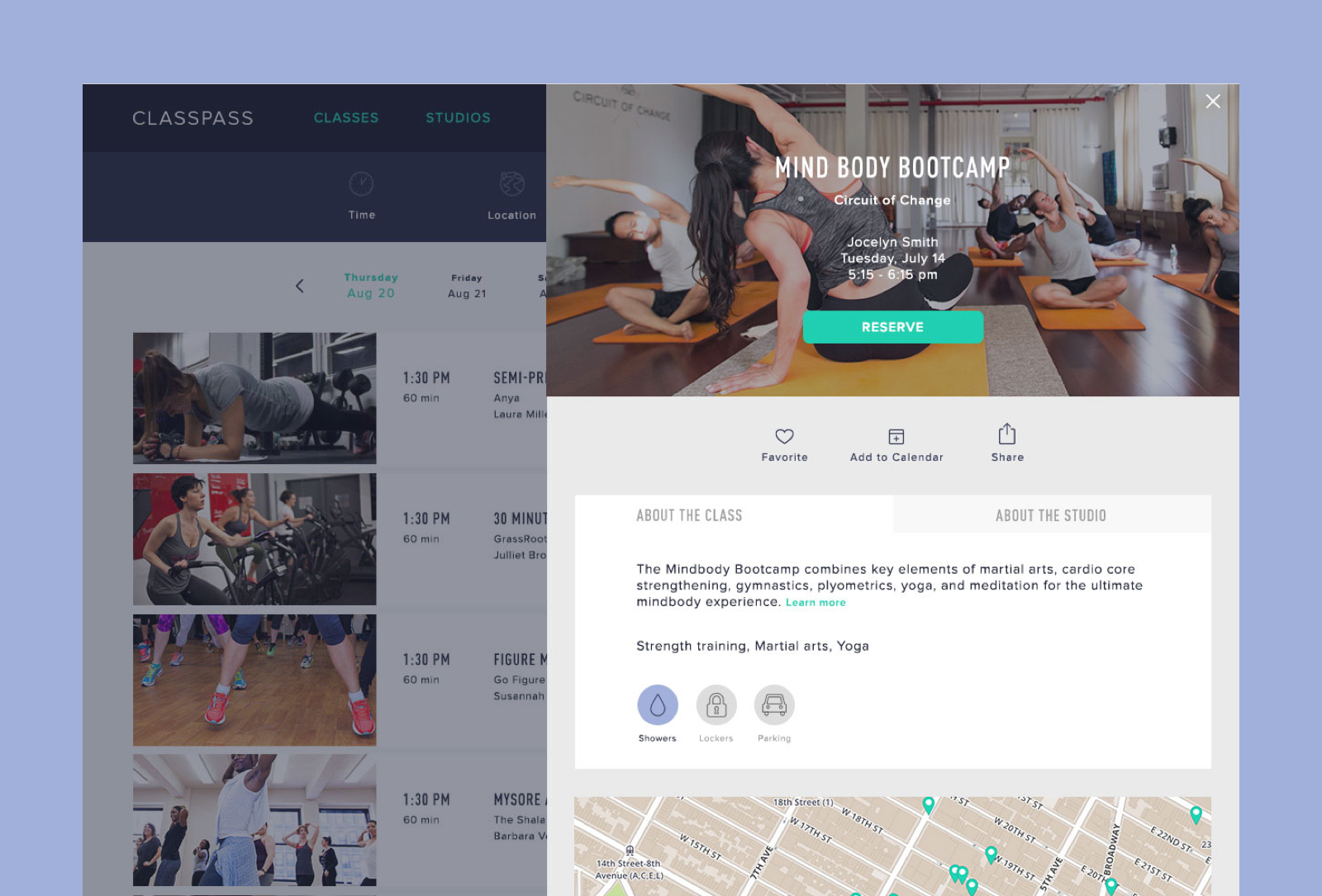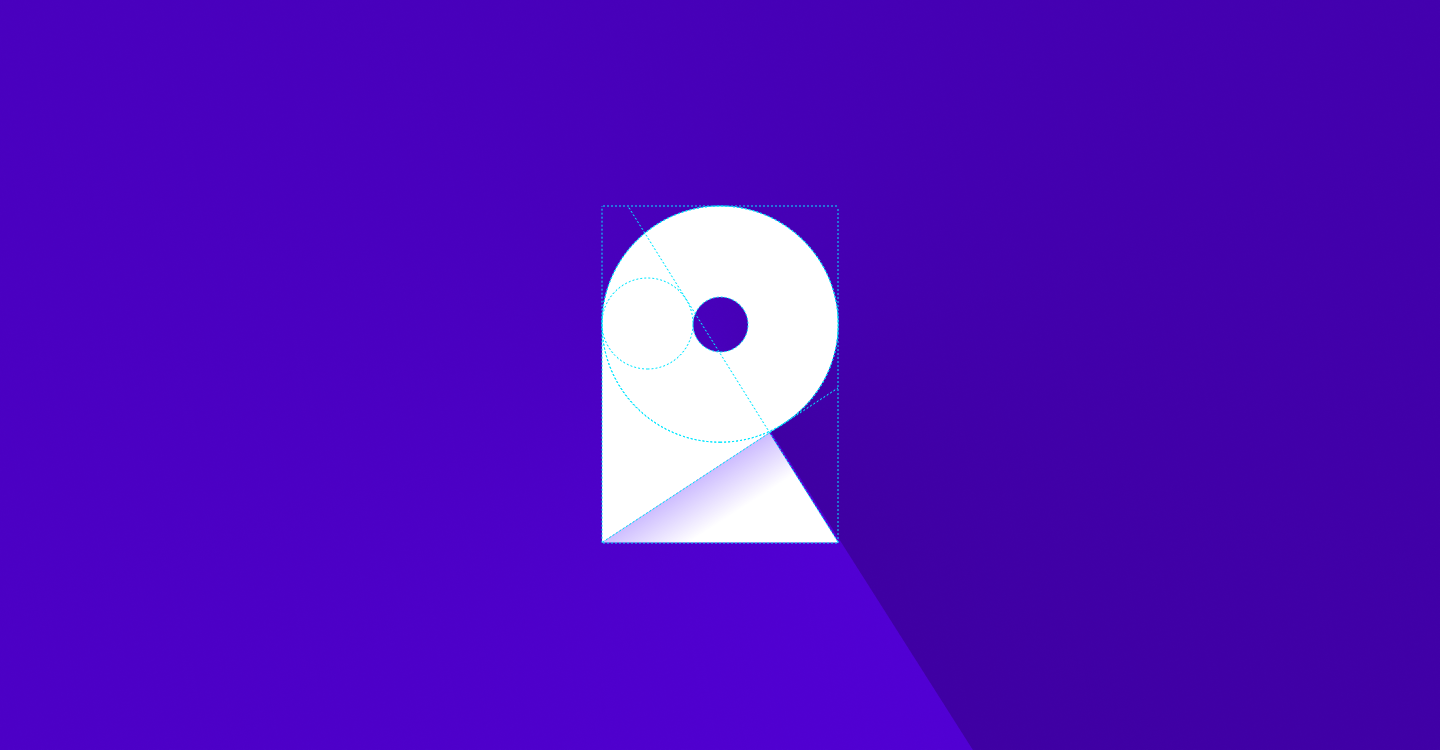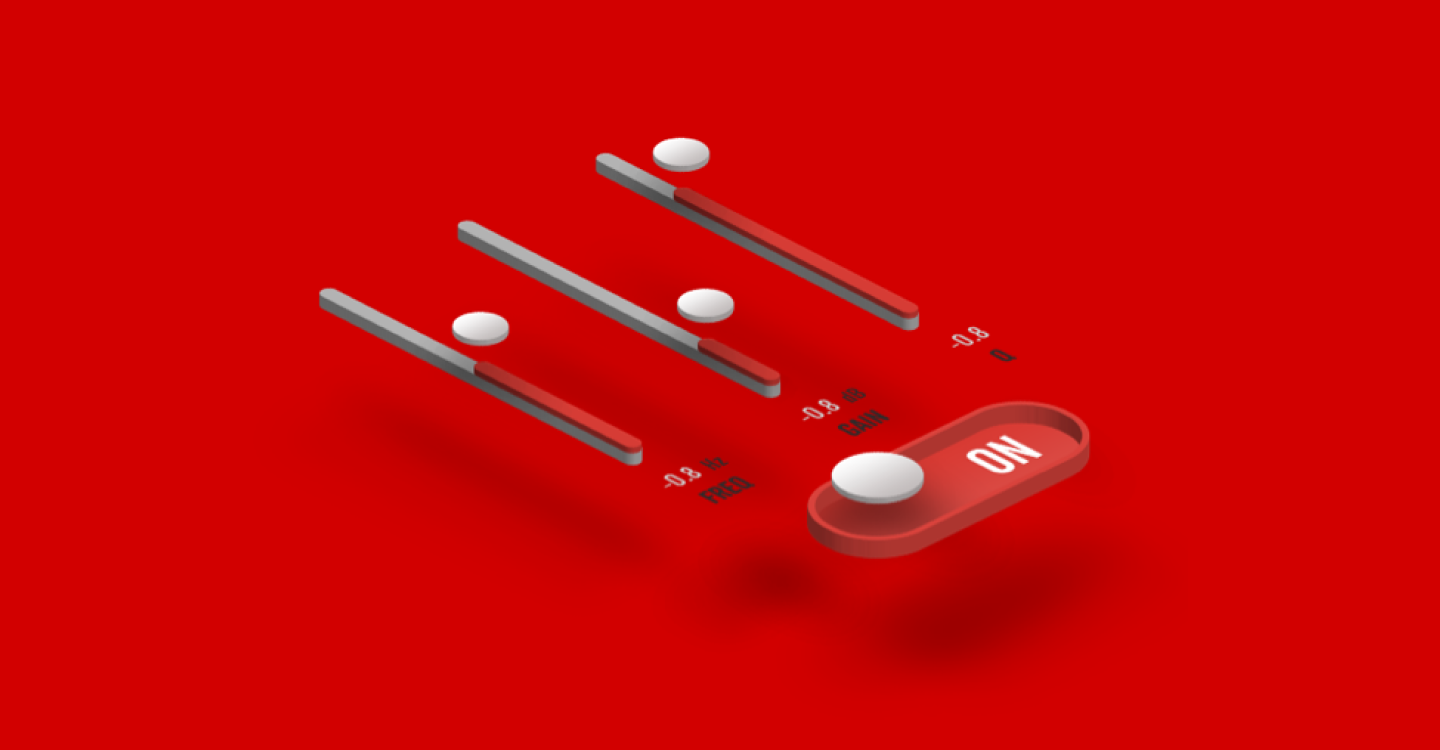Building a product design discipline
ClassPass is a monthly subscription service providing boutique fitness classes from its partner studios. I was brought in to build a product design practice within the product team. My efforts were mainly focused around:
ClassPass is a monthly subscription service providing boutique fitness classes from its partner studios. I was brought in to build a product design practice within the product team. My efforts were mainly focused around:
- Build a product design team and integrate design with embedded product teams
- Building a UX research practice
- Change users' reservation behavior through design
- Lead the ongoing product design efforts
- Build a product design team and integrate design with embedded product teams
- Building a UX research practice
- Change users' reservation behavior through design
- Lead the ongoing product design efforts
Structuring the team
ClassPass was going through a period of growth, and its engineering team was expanding rapidly. I worked with product and engineering leads to build our first cross-functional product teams. We started with three teams focused on the acquisition, subscription, and retention portion of our user journey. A fourth team supported our (partner) studio platform.
In order to fully integrate design with our engineering teams, we staggered the design track to work for initiatives a few weeks ahead while conducting generative research to explore ideas. After landing on a specific solution, we created prototypes and performed evaluative research a week before the engineering sprint.
After this transition, I led the vision across all teams, managed product designers, and moderated most research sessions.
ClassPass was going through a period of growth, and its engineering team was expanding rapidly. I worked with product and engineering leads to build our first cross-functional product teams. We started with three teams focused on the acquisition, subscription, and retention portion of our user journey. A fourth team supported our (partner) studio platform.
In order to fully integrate design with our engineering teams, we staggered the design track to work for initiatives a few weeks ahead while conducting generative research to explore ideas. After landing on a specific solution, we created prototypes and performed evaluative research a week before the engineering sprint.
After this transition, I led the vision across all teams, managed product designers, and moderated most research sessions.


Rebuilding the roadmap
After an internal audit of CP's service ecosystem, I mapped the current and ideal state of its service and started researching possible solutions for the newly identified missing pieces. This initiative helped us identify service gaps and plan our roadmap.
After an internal audit of CP's service ecosystem, I mapped the current and ideal state of its service and started researching possible solutions for the newly identified missing pieces. This initiative helped us identify service gaps and plan our roadmap.

Before

After
Improving Inventory Utilization
A significant portion of our classes had lower demand because our users were sticking to famous studios they were already familiar with. Our hypothesis was that by improving our search experience and recommendations, we could increase the demand for our underutilized classes and improve our gross margin.
I started by interviewing our users to understand their decision-making process to align our product experience with their mental model. We learned that our users were more likely to try new classes and studios if they fit within their scheduling constraints like time and location. We also learned that by decoding their perception of their preferred classes' values, we could entice them to try new activities that matched their values.
Afterward, I pooled our small product design team together to explore ways we could utilize our learnings. We ended up with 3 directions and prototyped each to experiment.
A significant portion of our classes had lower demand because our users were sticking to famous studios they were already familiar with. Our hypothesis was that by improving our search experience and recommendations, we could increase the demand for our underutilized classes and improve our gross margin.
I started by interviewing our users to understand their decision-making process to align our product experience with their mental model. We learned that our users were more likely to try new classes and studios if they fit within their scheduling constraints like time and location. We also learned that by decoding their perception of their preferred classes' values, we could entice them to try new activities that matched their values.
Afterward, I pooled our small product design team together to explore ways we could utilize our learnings. We ended up with 3 directions and prototyped each to experiment.
- Updating search filters to factor implicit (driven by previous booking patterns) and explicit (saved data) suggestions and shortcuts.
- Open class information alongside the search screen to decrease friction.
- Build a dashboard to incentivize recommendations and adjust their reservation behavior.
- Updating search filters to factor implicit (driven by previous booking patterns) and explicit (saved data) suggestions and shortcuts.
- Open class information alongside the search screen to decrease friction.
- Build a dashboard to incentivize recommendations and adjust their reservation behavior.






Increasing Spots Per partner
The early version of our studio partners' app was built by an offshore engineering team without any designers or design considerations. I teamed up with its product manager to slowly redesign it and convince our leadership to increase their investment in this product.
We started by building the "smart spot" feature that analyzed the reservation pattern for each class and recommended the tail amount (number of underutilized and vacant spots) for each class to be utilized by ClassPass. Releasing it to a cohort of early testers increased our share in their inventory by 15% and eventually led to more engagement and investment in this product.
The early version of our studio partners' app was built by an offshore engineering team without any designers or design considerations. I teamed up with its product manager to slowly redesign it and convince our leadership to increase their investment in this product.
We started by building the "smart spot" feature that analyzed the reservation pattern for each class and recommended the tail amount (number of underutilized and vacant spots) for each class to be utilized by ClassPass. Releasing it to a cohort of early testers increased our share in their inventory by 15% and eventually led to more engagement and investment in this product.




REZI
I'm currently leading product and design at Rezi. a startup I joined as the first employee and grown over the last 4 years.
I'm currently leading product and design at Rezi. a startup I joined as the first employee and grown over the last 4 years.
Agencies
Over the years, I worked with numerous agencies for clients like Microsoft, Mercedes and Motorola.
Over the years, I worked with numerous agencies for clients like Microsoft, Mercedes and Motorola.

